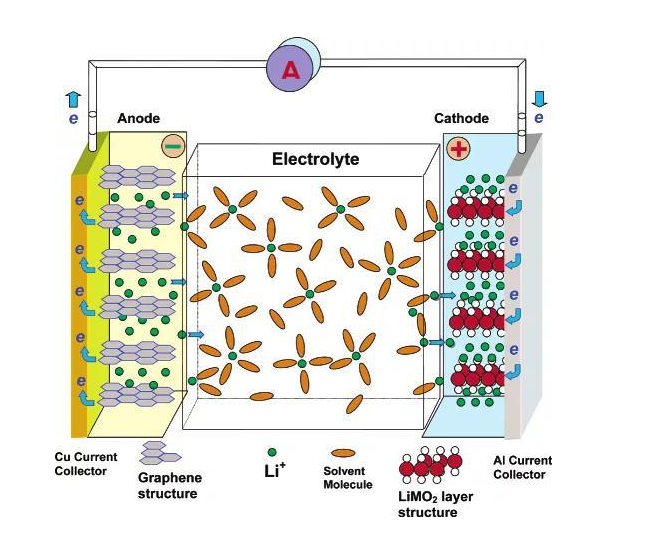In the electrochemical LIB recycling reactor, the Cl−/ClO− pair generated electrochemically in NaCl solution is adopted as the redox mediator to break down LFP into FePO4 and Li+ via a redox targeting reaction without extra chemicals.
Additionally, a TENG that utilizes discarded components from LIBs including casings, aluminum-plastic films and current collectors is designed to drastically minimize secondary pollutants. The TENG harvests wind energy, delivering an output of 0.21 W for powering the electrochemical recycling system and charging batteries.
The proposed system for recycling spent LFP exhibits high purity (Li2CO3, 99.70% and FePO4, 99.75%), self-powered features, simplified treatment procedure and a high profit, which can promote the sustainability of LIB technologies, the researchers said.
Lithium iron phosphate batteries (LFPs) represent more than 32% of the worldwide lithium-ion battery (LIB) market share. State-of-the-art recycling technologies, which are typically based on electrochemical or chemical leaching methods, have critical issues such as tedious procedures, enormous chemical/electricity consumption and secondary pollution.
